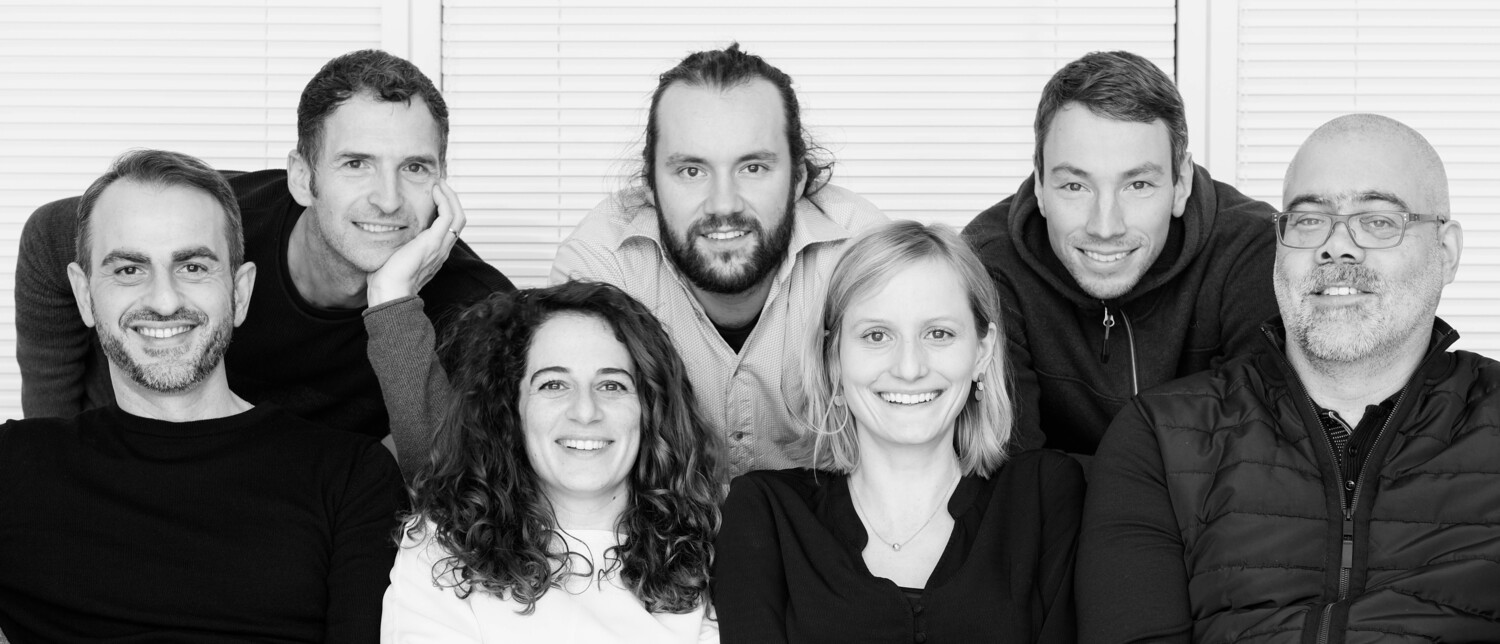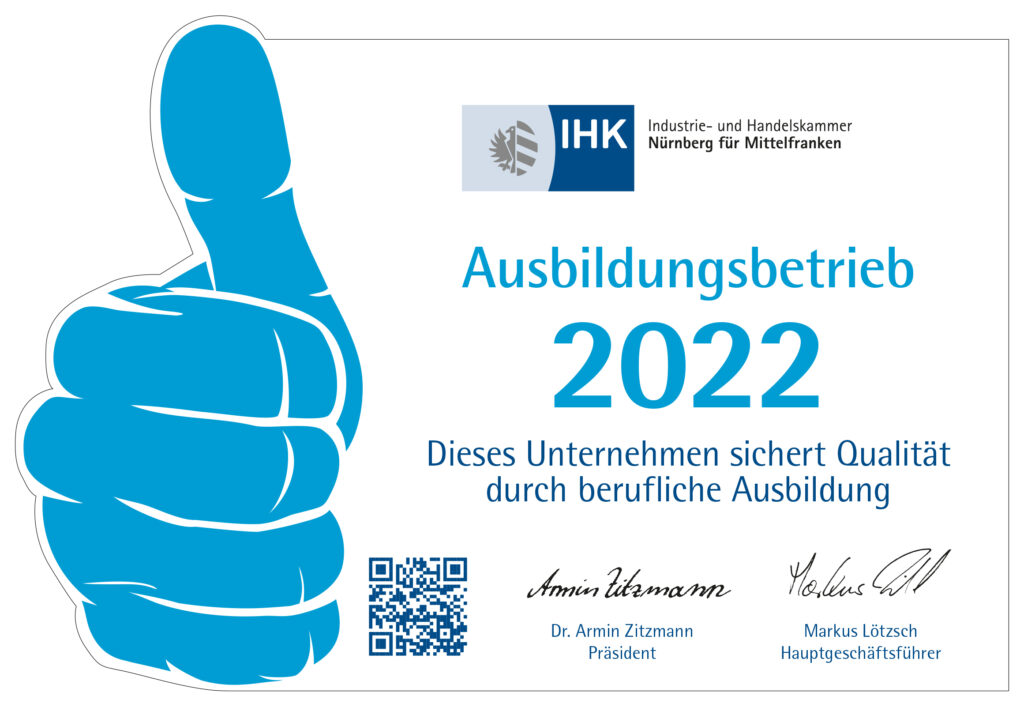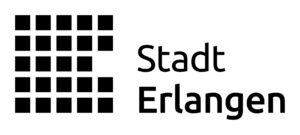At Rivercyte, years of experience in deformation cytometry, hardware development, programming expertise and machine learning are combined to establish the next standard for rapid physical phenotyping of cells.
The core technology is high-throughput imaging cytometry combined with a microfluidic design to study flow-induced forces at the single-cell level.

In an interview with Marketa Kubankova, we find out more about the research team’s journey after the 2021 award.
You won the Medical Valley Award in 2021 – how did you discover it and how was your team formed?
Our team is made up of scientists with interdisciplinary backgrounds (physicists, biologists, engineers and computer scientists) from the Max Planck Institute for the Science of Light and clinicians from the University Hospital Erlangen. We met shortly before the start of the MVA application phase and developed an exciting project idea together: We wanted to use our new deformation cytometry technology directly in the hospital to measure blood samples from patients and investigate the changes in blood cells in diseases. When we heard about the Medical Valley Award, we knew immediately that it was perfect for us!
What was the biggest challenge during research?
The biggest challenge of our “RAPID” project was setting up a functional infrastructure for storing, managing and analysis. We had to link a large amount of experimental data with clinical patient data while adhering to strict data protection regulations. In the end, it took us almost two years to be able to fully access all the data and we still don’t have full and easy data access today. For us, this meant that the analysis was significantly delayed and the project had to be extended.
What happened after winning the award?
Of course we celebrated! The funding was the first step from a pure research technology to routine clinical use and the starting point for realizing our dream of establishing a medical device. We used the MVA funding to expand our team and immediately hired a technical assistant and a data analyst for two years.
You have made discoveries on the topic of “Long-Covid” – can you shortly summarize what this was about and what results your team came up with? Are there any connections to the research project for which you won the award?
After the first few months of the pandemic, we discovered that the blood cells of coronavirus patients showed certain changes. Their size and shape were different compared to healthy blood donors. Some of these changes persisted for months after the virus was no longer active in the body and were some of the persistent symptoms in patients with Long Covid. These findings did not emerge directly from the RAPID project, but were immediately incorporated into the data analysis and were the trigger for further research projects on Long Covid. As part of the MVA project, we decided to measure pediatric patients with Long COVID. We are currently working intensively on data analysis and investigating how exactly Long-Covid affects blood cells and how we can use this to support diagnostics.
What are you currently working on and how do you plan to continue in the future?
Based on all these promising findings, we founded our startup Rivercyte (www.rivercyte.com) in 2022. Rivercyte commercializes technologies for the analysis of blood cells, and the main goal is to develop diagnostic applications of deformation cytometry. We already know from our research that the deformability of cells and other physical properties change in disease and can serve as biomarkers. Until now, however, this valuable information has been completely lacking in clinical practice. It’s really exciting to have founded one of the first companies on the planet to bring cell mechanics into diagnostics.


